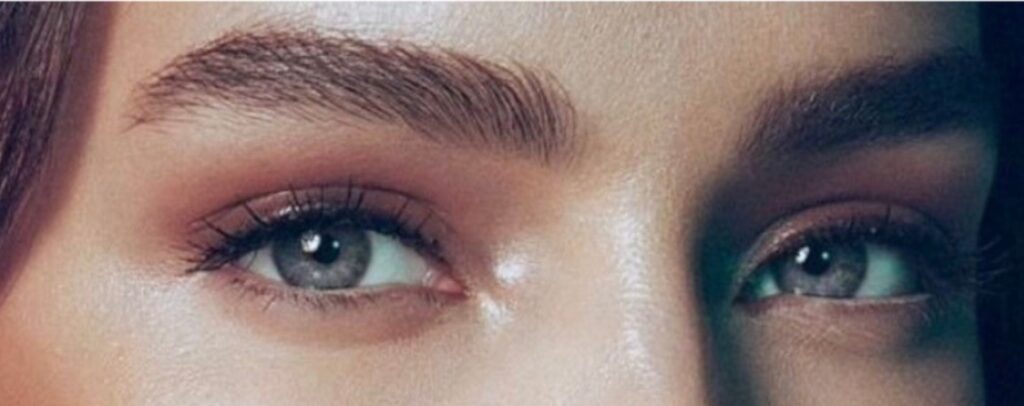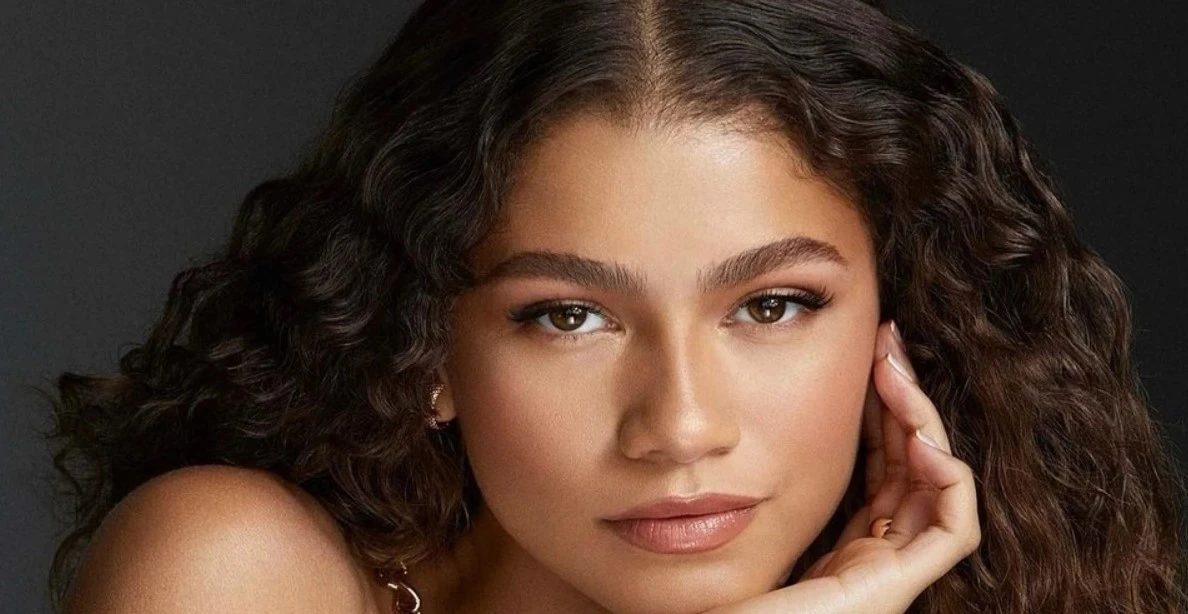Moreover, Microfeathering eyebrows have become a popular trend in the world of beauty, offering individuals a way to achieve natural-looking, fuller eyebrows. In this article, we will delve into the world of microfeathering, discussing its benefits, how to prepare for the procedure, what to expect during and after, the difference between microfeathering and microblading, potential side effects, the cost involved, and essential aftercare tips.
Microfeathering is a semi-permanent technique for enhancing eyebrows, characterized by the creation of fine, hair-like strokes that closely mimic the natural growth pattern of eyebrow hair. In contrast to traditional eyebrow tattooing, microfeathering aims to achieve a more realistic and subtle appearance. Moreover, The process typically commences with a consultation to assess the presence of adequate natural hair, facilitating seamless blending of the pigment into the brows. Also, It unfolds in two stages, with the initial appointment involving the meticulous creation of microfeathered strokes in denser areas of the brow.
Unlike microblading, which often entails drawing multiple eyebrow strands simultaneously, microfeathering crafts each eyebrow hair individually, resulting in an exceptionally natural look. However, This technique is favored by individuals with already full brows who seek to fill in sparse areas. Employing ink that closely matches the eyebrows’ true color, microfeathering renders it challenging to distinguish between natural and microfeathered eyebrow hair. Furthermore, Primarily applied to areas of the brow surrounded by natural hair, microfeathering effectively fills in gaps and sparsely covered regions to achieve the utmost natural appearance. While the cost of microfeathering may vary, the average expense is approximately $600, with results typically enduring for about 18 months.
Benefits of Microfeathering

- Natural and Realistic Results: Microfeathering uses a microblading technique to create hair-like strokes that mimic the natural growth pattern of eyebrow hair. Accordingly, This results in a more natural and realistic appearance than traditional eyebrow tattooing methods.
- Customization: The technique allows for precise customization, ensuring that the shape, thickness, and angle of the strokes complement an individual’s facial features. This personalized approach helps achieve the desired eyebrow shape and symmetry.
- Long-lasting Effect: Microfeathering is a semi-permanent procedure typically lasting one to three years. Furthermore, This longevity reduces the need for daily eyebrow maintenance and provides a convenient solution for individuals seeking long-lasting results.
- Enhanced Confidence: Well-defined and perfectly shaped eyebrows can significantly boost a person’s confidence. Moreover, Microfeathering helps individuals achieve their desired eyebrow shape, filling in sparse areas and creating a more symmetrical and balanced appearance.
- Reduced Makeup Dependency: Microfeathering can reduce the need for daily eyebrow makeup application. in addition, The procedure fills in sparse areas and creates a fuller look, eliminating the need for eyebrow pencils, powders, or gels.
- Low Maintenance: Once the microfeathering procedure is complete, it requires minimal maintenance. However, Many individuals who have undergone microfeathering no longer feel the need to apply any eyebrow makeup, making their daily routine more convenient
How to Prepare for Microfeathering?
Research and Consultation:
- Begin by researching reputable microfeathering technicians in your area. Moreover, Look for reviews, seek recommendations, and review their portfolios to gauge their expertise.
- Schedule a consultation with your chosen technician to discuss your desired eyebrow shape, concerns, and expectations. Additionally, This initial meeting is crucial in determining whether microfeathering aligns with your aesthetic goals and allows you to address any queries or apprehensions you may have.
Avoid Waxing and Plucking:
- Refrain from waxing, plucking, or threading your eyebrows in the weeks leading up to your microfeathering appointment. Moreover, This step ensures that your natural eyebrow shape is intact and provides the technician with sufficient hair to work with during the procedure.
Communicate Your Expectations:
- Communicate your desired eyebrow shape and the specific look you aim to achieve during the consultation. If needed, bring reference photos to aid the technician in understanding your preferences accurately.
Patch Test:
- Some technicians may recommend a patch test to identify any allergies or sensitivities to the pigments used in microfeathering.
- Apply a small amount of pigment to test for adverse reactions on a designated skin area.
Follow Pre-Procedure Instructions:
- Adhere to any specific instructions provided by your technician before the procedure.
- Avoid certain medications like alcohol or aspirin that thin the blood to prevent increased bleeding during treatment.
Grow Out Your Brows:
- It’s advisable to grow out your eyebrows before undergoing the microfeathering procedure. Also, Evaluate your brows’ natural shape and use existing hair for a seamless outcome.
What to Expect During and After the Procedure?
- Application of Numbing Cream: Your technician will apply a topical numbing cream to the eyebrow area to minimize any discomfort throughout the procedure. Moreover, This ensures a more comfortable experience for you.
- Precision Strokes: Using a specialized microblade, the technician will meticulously create fine, hair-like strokes that closely resemble natural eyebrow hairs. Also, These strokes are strategically placed to achieve the desired shape and fullness, resulting in a remarkably natural appearance.
- Initial Darkening: Right after the procedure, your eyebrows may appear darker than anticipated. Additionally, this is normal, as the pigment will gradually lighten over the following weeks.
Post-Procedure Care
- Avoiding Excessive Sunlight: Protect your treated eyebrows from prolonged exposure to sunlight, as it can fade the pigment and hinder the healing process.
- Refraining from Scratching or Picking: Resist the urge to scratch or pick at the treated area, as this can disrupt the healing process and affect the outcome.
- Applying Prescribed Ointments or Creams: Follow any prescribed aftercare ointments or creams provided by your technician to aid in the healing process and maintain the integrity of the microfeathering results.
Microfeathering Vs. Microblading

| Aspect | Microfeathering | Microblading |
|---|---|---|
| Technique | Specialized microblading focusing on fine, | Generally used to create an illusion of fullness |
| hair-like strokes mimicking natural eyebrow hairs | throughout entire brows | |
| Overall | Aims for a more natural and understated look | Tends to produce a bolder and more defined look |
| Appearance | The frequency of touch-ups is influenced by factors such | Suitable for those desiring a dramatic or |
| brows with sparse areas | enhanced appearance | |
| Maintenance | May require less frequent touch-ups due to its | The frequency of touch-ups is influenced by factors such |
| lighter and more natural effect | maintain boldness and definition | |
| The frequency of touch-ups can vary based on the skin | This may necessitate more frequent touch-ups to | |
| type, lifestyle, and skincare routine | as skin type, lifestyle, and skincare routine |
Potential Side Effects
- Allergic Reactions: Although rare, some individuals may experience an allergic reaction to the pigments used during microfeathering. A patch test can help identify any potential allergies.
- Infection: Proper aftercare is crucial to minimize the risk of infection. Follow the technician’s instructions regarding cleansing and moisturizing the treated area.
Essential Aftercare Tips
- Shield from Sunlight: Protect the treated area from excessive sunlight exposure, as it can cause the pigment to fade prematurely. Also, Wear a hat or use sunscreen with a high SPF to safeguard the eyebrows during outdoor activities.
- Avoid Scratching or Picking: Avoid scratching or picking the treated area to prevent disrupting the healing process and affecting final results. Additionally, Be gentle and resist the urge to touch or manipulate the eyebrows during the healing period.
- Adhere to Technician’s Instructions: Each technician may provide specific aftercare instructions tailored to their technique and preferences. It’s important to diligently follow these instructions to promote optimal healing and ensure the longevity of the microfeathering results.
The Cost of Microfeathering
Microfeathering prices vary with technician expertise, location, and procedure complexity. Typically, a high-quality microfeathering service can cost anywhere from $700 to $1,500 on average.
Additionally, touch-up sessions may be necessary to uphold the desired results over time. Furthermore, The frequency of these touch-ups can vary depending on individual factors such as skin type, lifestyle, and skincare routine. Also, It’s essential to communicate with your technician and follow their guidance regarding touch-up schedules to maintain optimal results.
Related Reads
Microblading Aftercare: What You Need To Know
Ombre Brows vs Powder Brows: Exploring Techniques & Differences
Final Words
Lastly, Microfeathering eyebrows offer individuals a way to enhance their natural beauty with fuller, more defined eyebrows. Moreover, Understanding the benefits, preparation, procedure, aftercare, and potential side effects is essential for anyone considering microfeathering. Moreover, By choosing a skilled technician and following proper aftercare instructions. Also, individuals can enjoy long-lasting, natural-looking results that boost their confidence and transform their overall appearance. Embrace the world of microfeathering and unlock the potential of your eyebrows.
FAQ’s
Which permanent eyebrow technique is best?
Consider factors like existing brow hair, skin type, and lifestyle when choosing a permanent eyebrow technique. Furthermore, Options include microblading, microfeathering, powder brows, ombré brows, and combination brows.
How long do feather brows take to heal?
After microfeathering:
Day 1-2: Tender, slight swelling, dark pigment, avoid touching or picking scabs.
Day 3-10: Scabs flake off, brows lighten, avoid picking or scratching.
Day 10-14: Remaining scabs slough off, avoid sun exposure, long showers, swimming.
Weeks 4-6: Schedule a touch-up appointment with a technician for adjustments. Additionally, Follow the technician’s aftercare instructions for proper healing and long-lasting results.
Is feathering better than microblading?
Microfeathering, a semi-permanent brow enhancement, fills sparse areas for a defined look. Unlike microblading, it’s for fuller brows with lighter strokes. Lasts 18 months, and costs $600. However, Consult a reputable technician.
